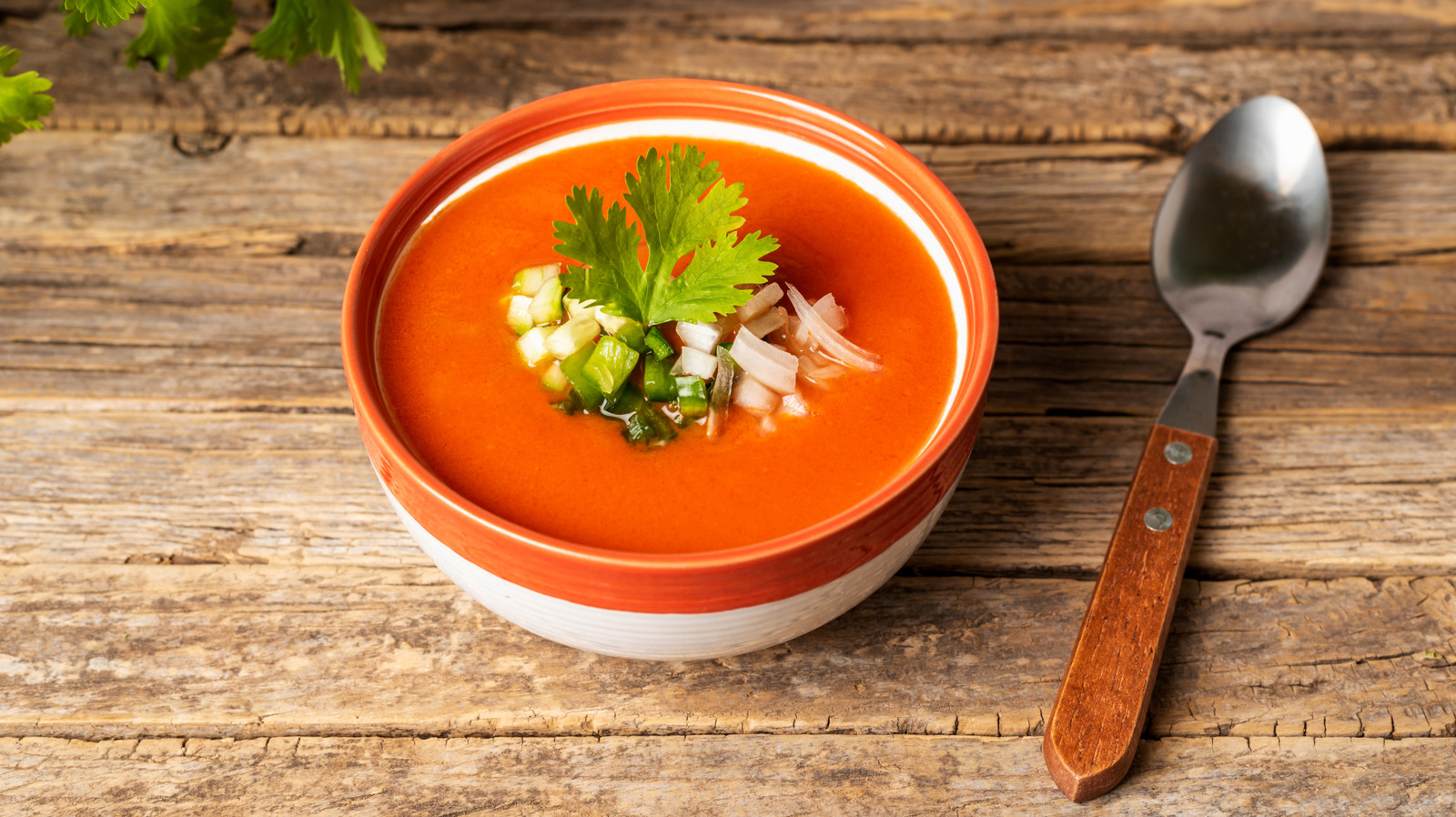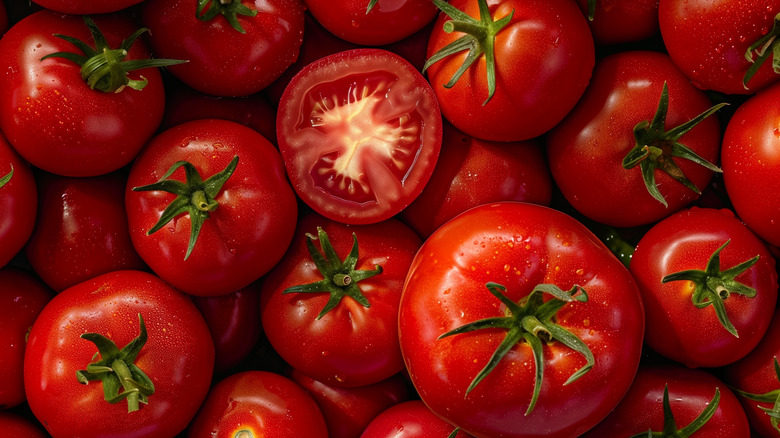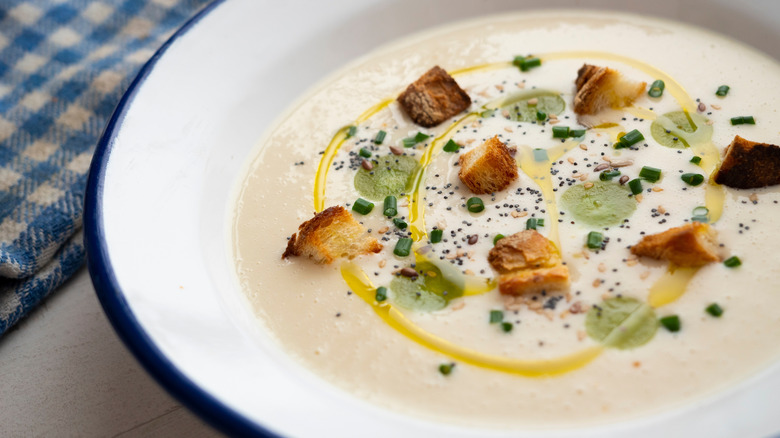Spain has gifted the world some pretty incredible dishes, such as paella, tortilla Española, and pulpo Gallego, to name a few. It has also given us gazpacho, a delicate soup that highlights the vibrant colors and flavors of fresh ingredients that are found throughout Spanish cuisine. But gazpacho doesn’t come in a singular style, or color, for that matter. There are several, actually, starting with the traditional gazpacho that features a brilliant red hue, followed by a gamut of variations such as green gazpacho and seafood gazpacho.
One popular option is white gazpacho. It’s equally as elegant, refreshing, and delicious as traditional gazpacho, but the differences between the two make them very distinct soups, much like Manhattan clam chowder and New England clam chowder are two very different versions of the same dish. Both traditional and white gazpacho are meant to be served chilled, and both use enough fresh ingredients, such as vegetables and nuts, to make them border on the realm of a satisfying salad. In other words, both are light, refreshing, and perfect for a warm day. Although you’ve likely tried traditional gazpacho, you may not have tried white gazpacho, so let’s explore the differences between the two.
Traditional gazpacho is a burst of flavor
What we know today as traditional gazpacho evolved from a version of the soup dating to fifth century Spain that consisted of bread crumbs, garlic, olive oil, vinegar, and water. It became more of a tomato-based soup as tomatoes were introduced to Spain in the 16th century. Along the way, the recipe kept the olive oil and garlic and added bell peppers and cucumbers for a dish that is slightly sweet and slightly spicy. The bread crumbs remain as well, as a means of adding a thickening agent to bind the blended ingredients together.
The soup, which is also known as Andalusian gazpacho, should be chilled awhile to let the flavors blend sufficiently. To add a pop of color, texture, and more complex flavor, it is often topped with more olive oil and chopped fresh veggies and herbs, ingredients that seem to fit right in with the refreshingly cold profile of this dish. The reason behind serving the soup chilled seems to be grounded in the demographics of the region where it originated. The hot, dry climate and scorching sun of the summer season begs for a cool and refreshing meal that helps the body better tolerate the warm days and nights.
Despite the similarities, white gazpacho is quite different
Similar to traditional gazpacho, which can trace its roots to the Andalusia region in southern Spain, white gazpacho is also believed to have originated in Andalusia, more specifically in the Málaga province of the region. While it may look like Julia Child’s three-ingredient potato soup, it is definitely not. Known in Spanish as “ajo blanco,” which directly translates to “white garlic,” white gazpacho is actually considered more of a bread soup as opposed to the tomato-based traditional gazpacho. The ingredients typically consist of bread, almonds, garlic, water, and a dash of sherry vinegar for flavor.
Often garnished with drops of olive oil and chopped green grapes or melon to give it a splash of color and a fresh, fruity finish, this soup is visually stunning. The stark white coloring, which leads some to assume it’s a dairy-based soup, comes from the milk released from the almonds rather than from the bread and garlic. Like a traditional gazpacho, the bread works as a thickening agent. When these ingredients are combined in a blender, the result is a creamy yet light-and-balanced masterpiece with flavors that meld beautifully as the soup chills, making it a light and refreshing addition to Spanish cuisine.







